For the first week of our new session, we began with a tape resist painting exploration (where tape is first placed on paper, painted over, then peeled up to reveal negative space). It’s always a fun challenge to come up with an introductory lesson for new students that still offers something fresh and novel for the returning students. I think it’s important to start new students off with finger/object painting so they get to know the qualities of tempera paint and the wacky tools that are available to them each week. This project allows for both the messy, sensory experience of finger/object painting, while simultaneously teaching this new technique of tape resist.
For the 1s and 2s classes, the children started off painting over tagboard (similar to poster board) that was pre-taped with the first letter of their name. So for those kids who aren’t yet interested in the tape, they will still get to see the effect of the tape-resist. The children were also given fingerpaint paper and colorful tagboard to try out new painting surfaces.
Some of the toddlers tried making their own designs with tape before painting over them.
They also explored the studio to find that the easels and the window made great painting surfaces as well!
The 3s, 4s, & 5s classes began with tape and scissors to experiment with their own designs.
Then they focused on painting over their tape work. Some covered their entire paper, while others chose only parts of the paper to paint.
When the children decided that they were done with their paintings, the teachers showed them how to carefully lift up the tape to see their designs- So cool!
Some of the finished pieces:













































































































































